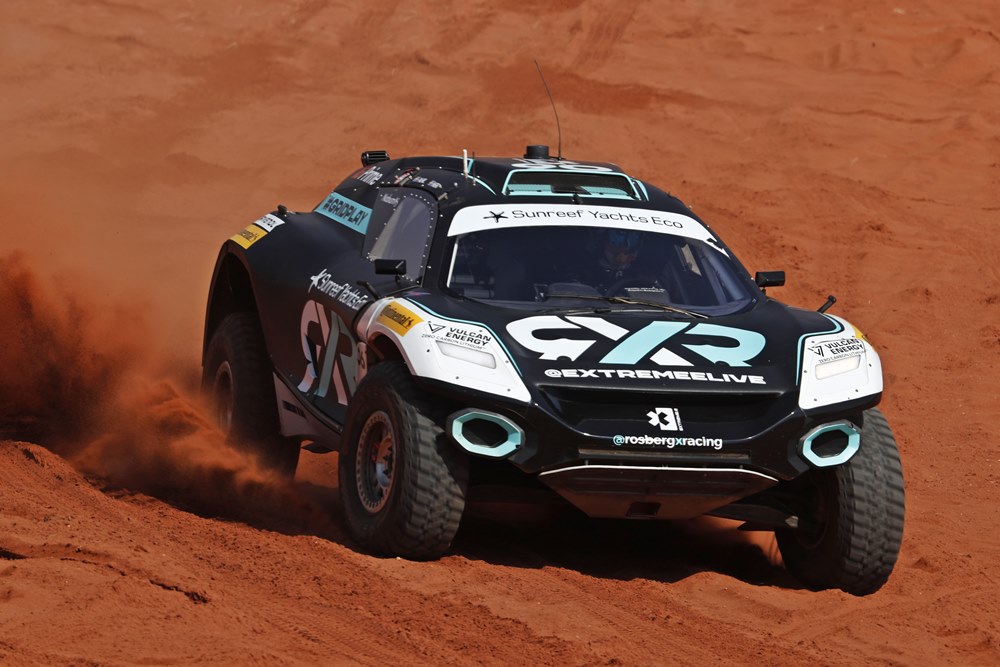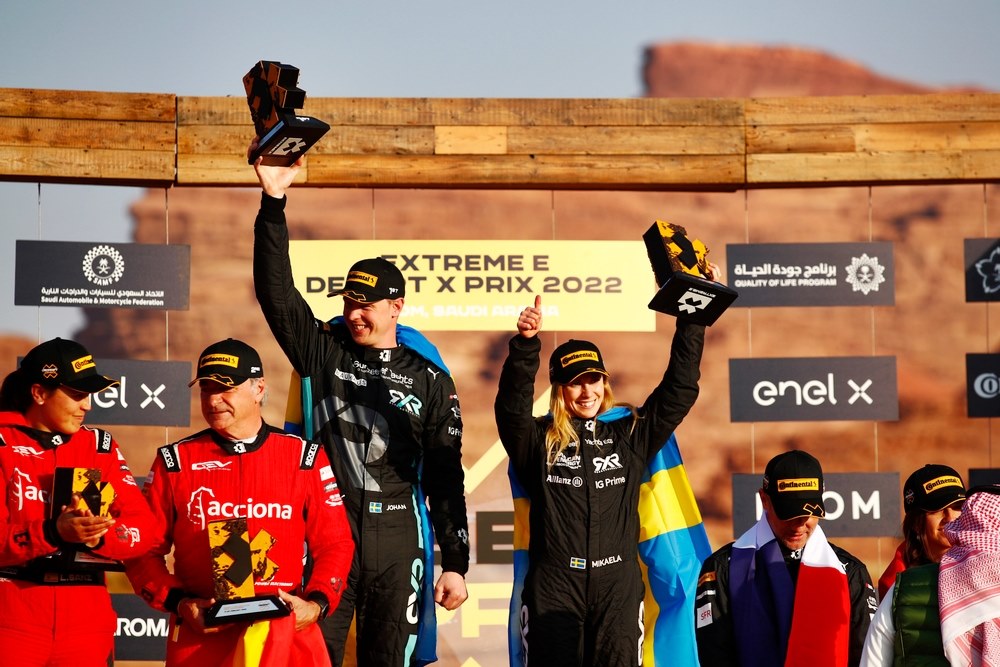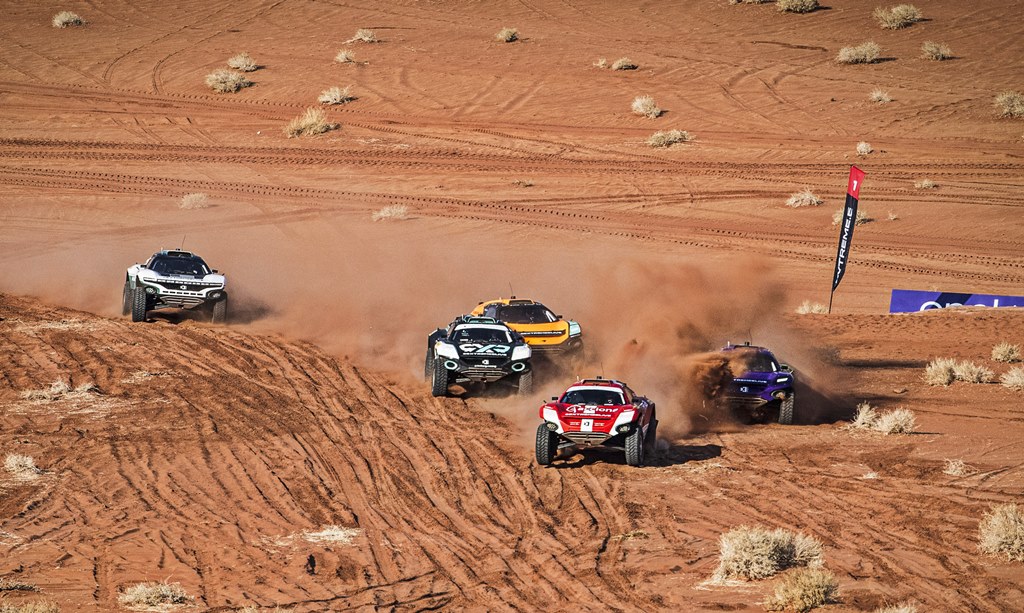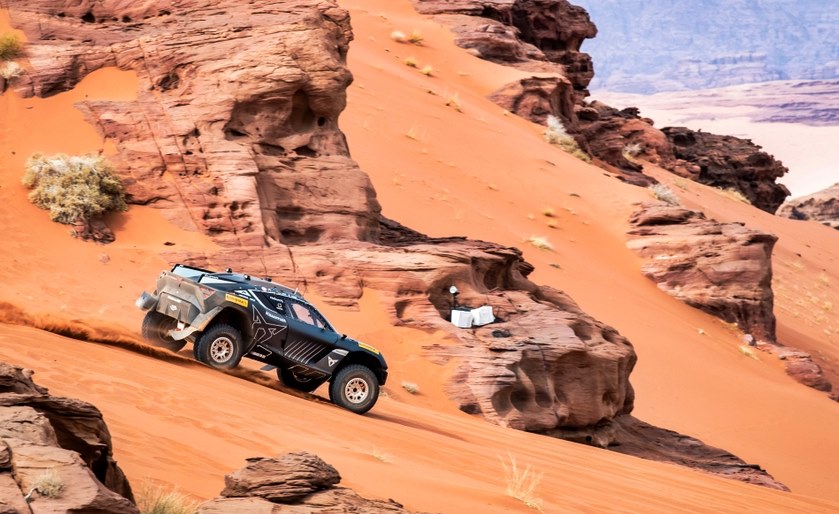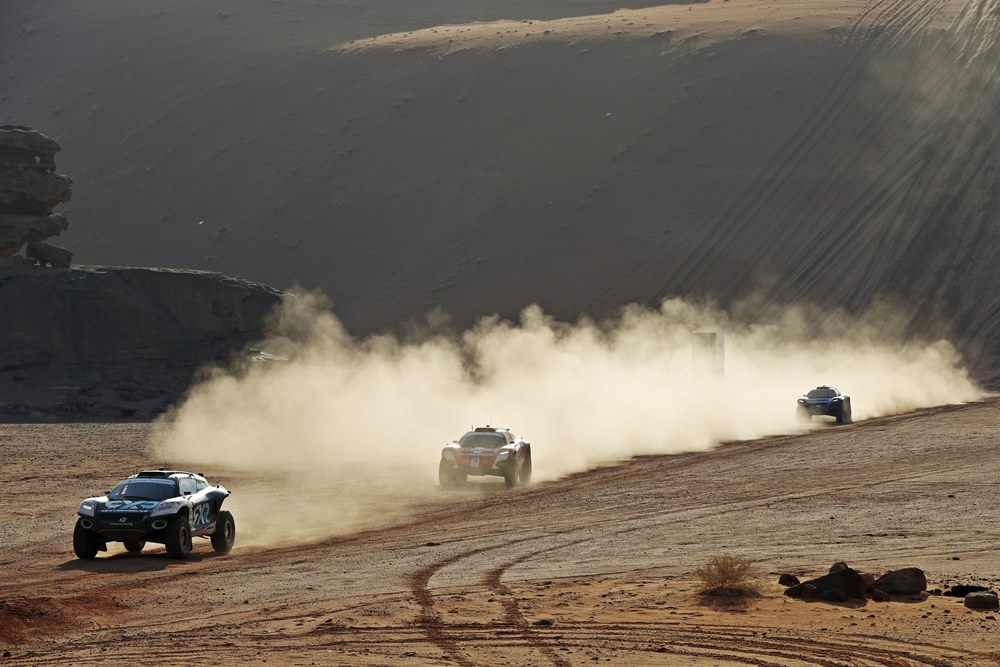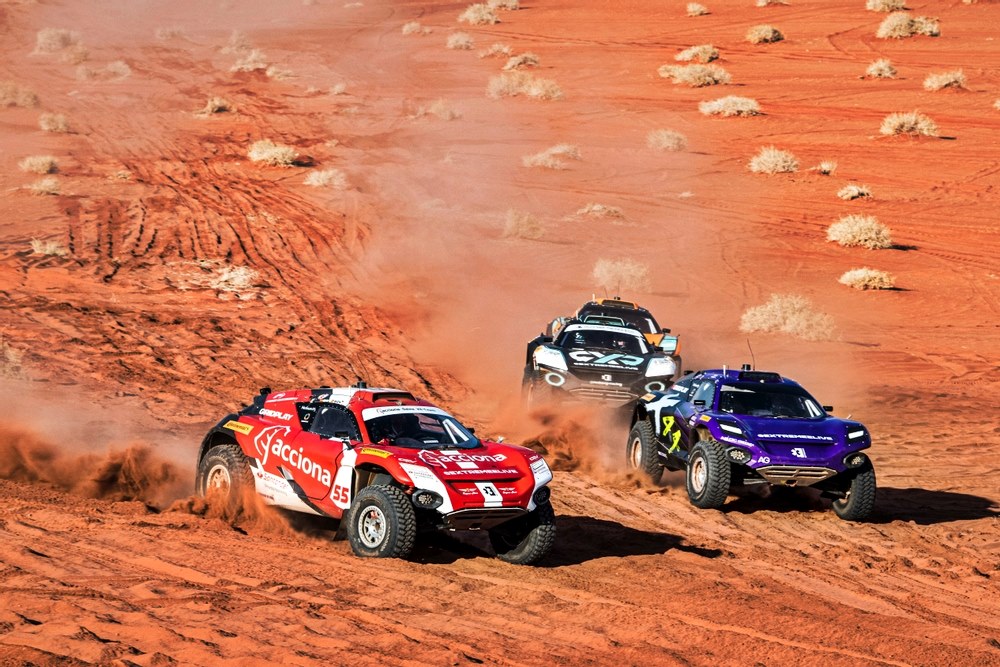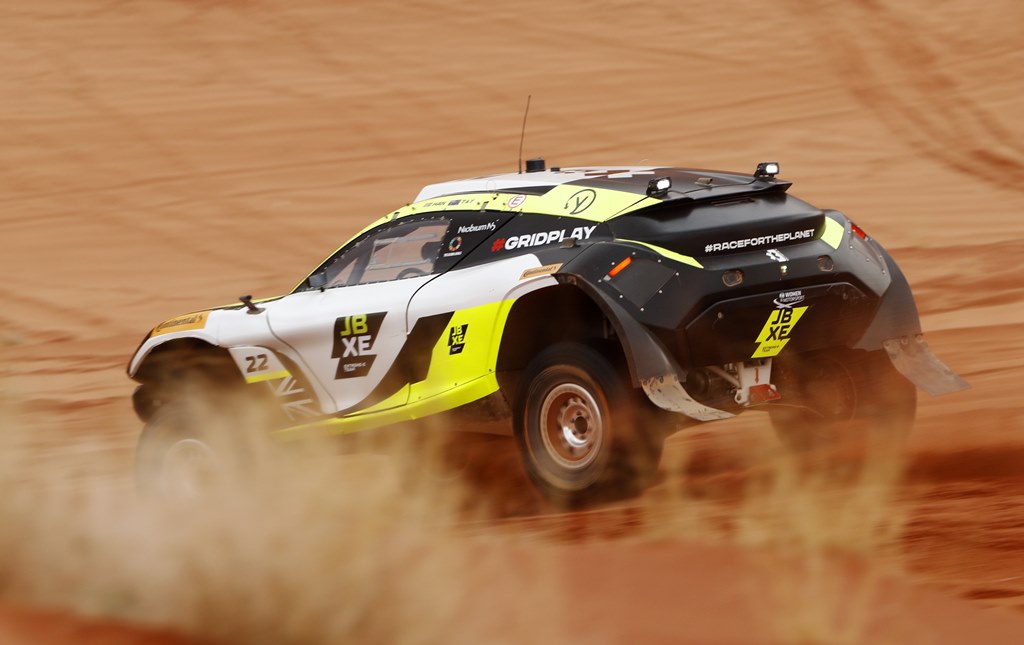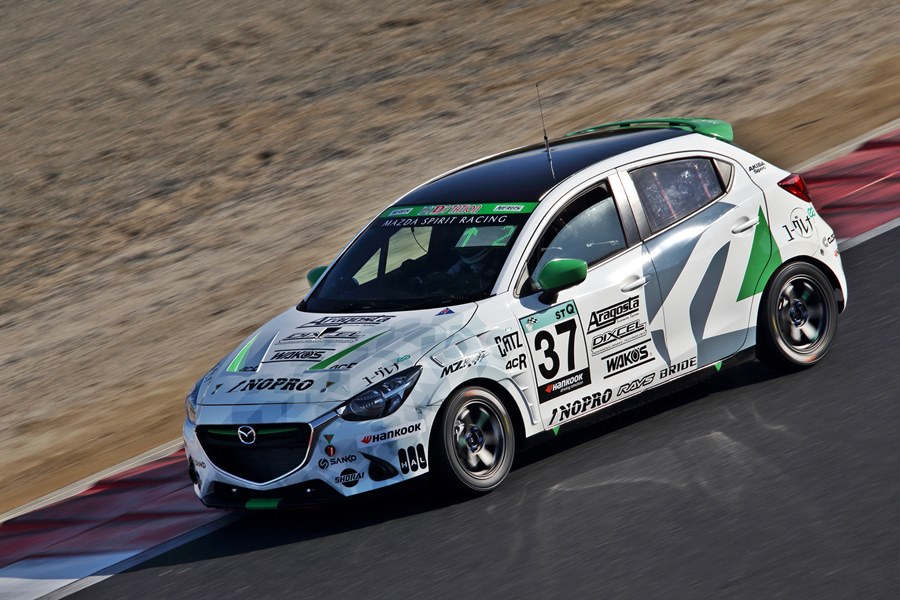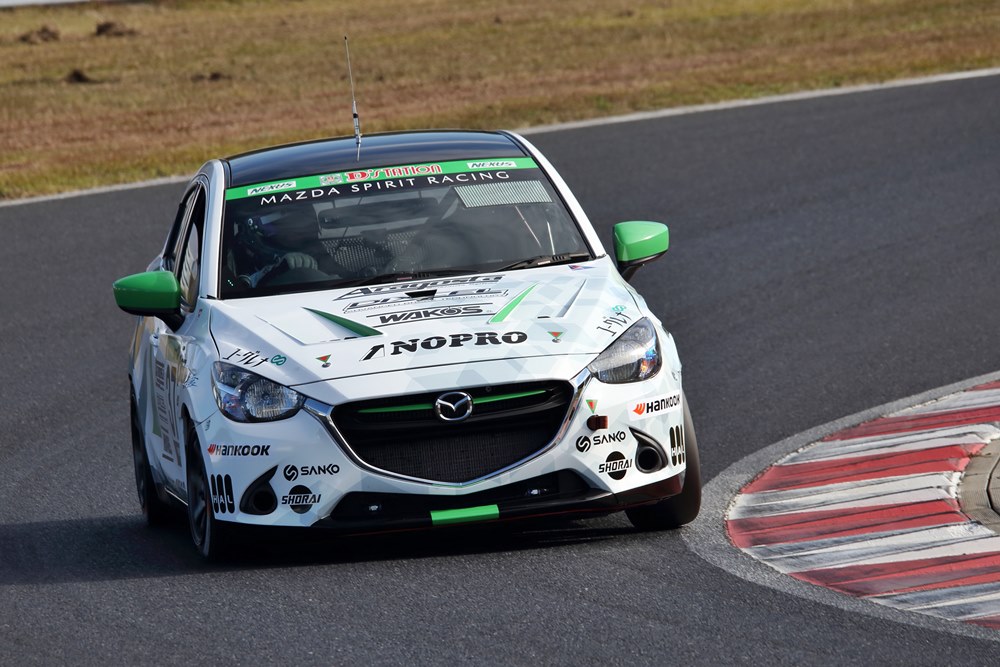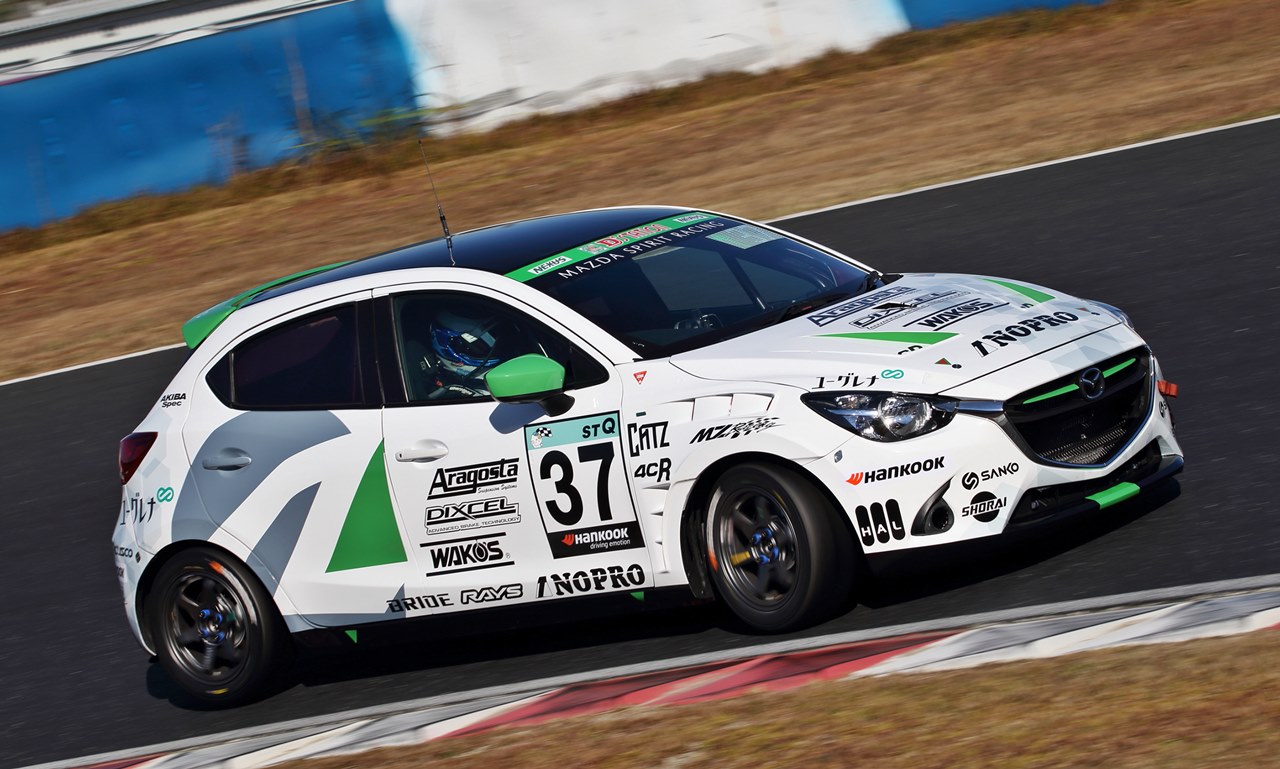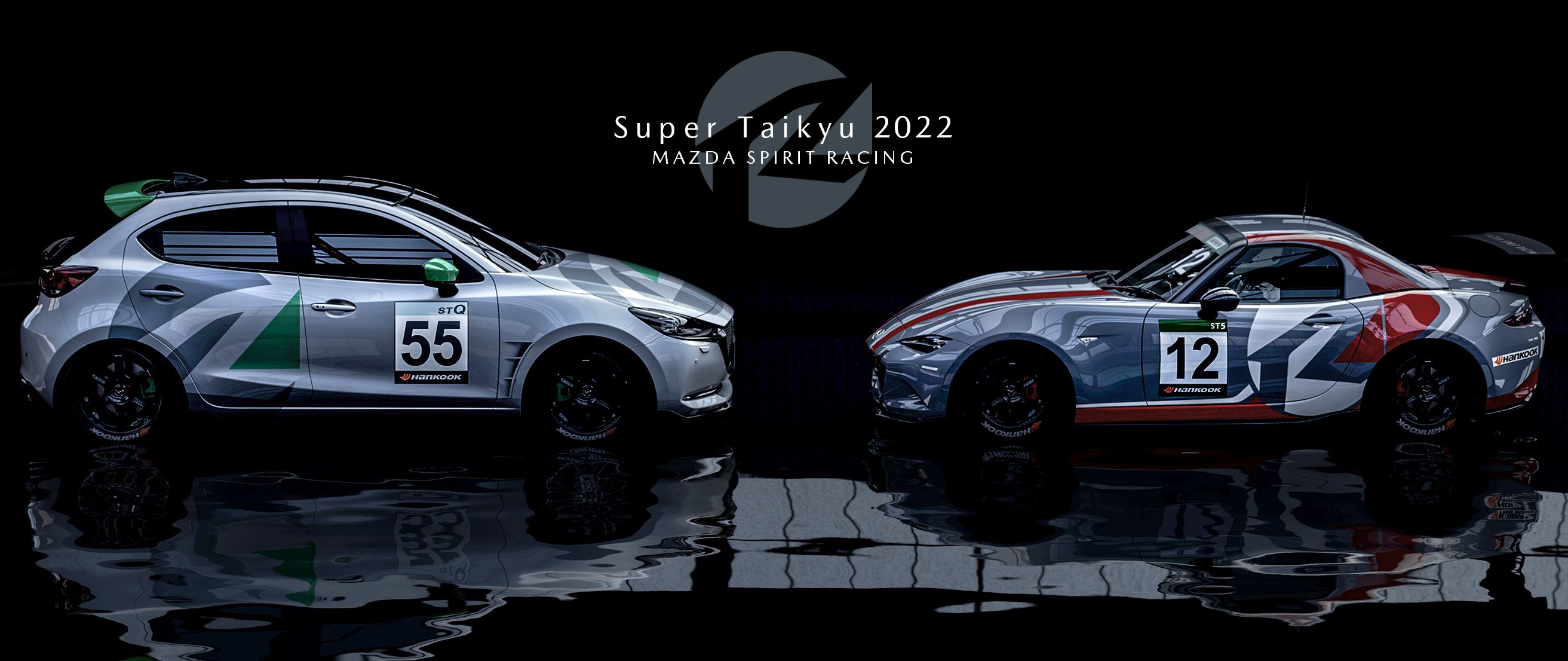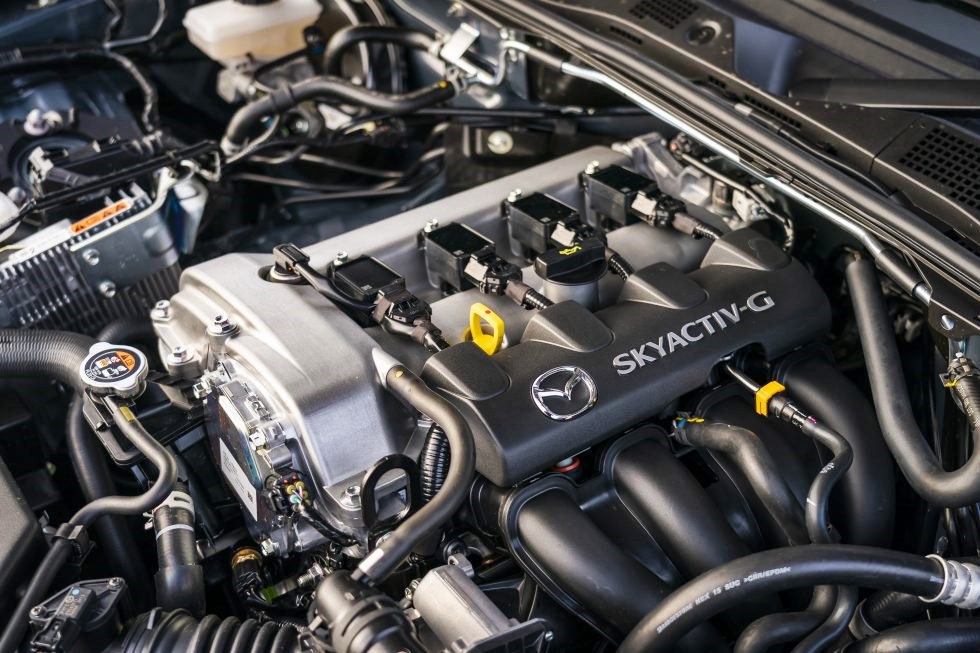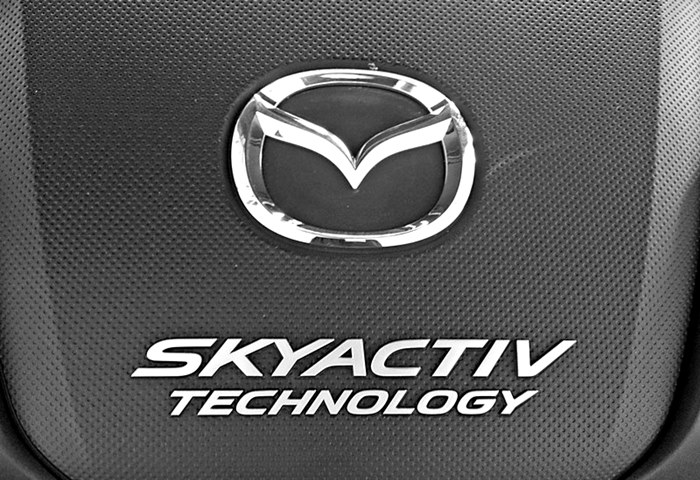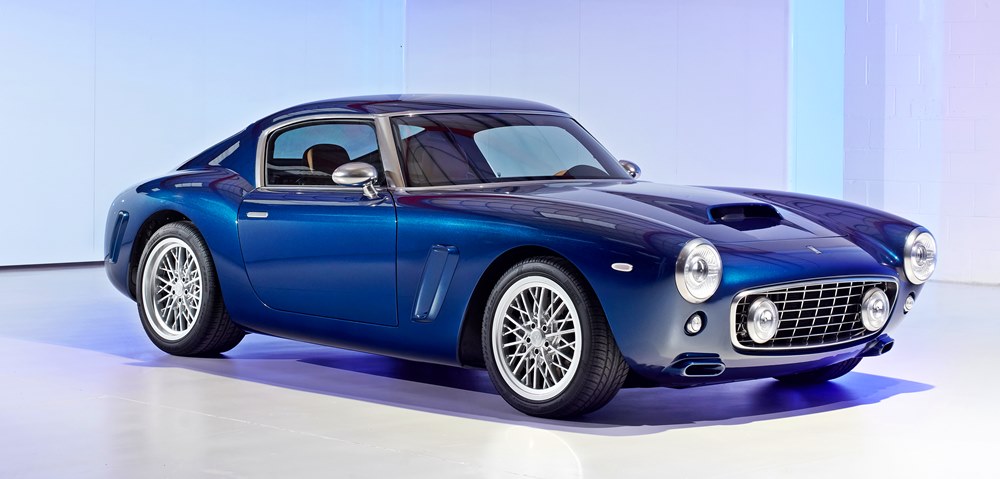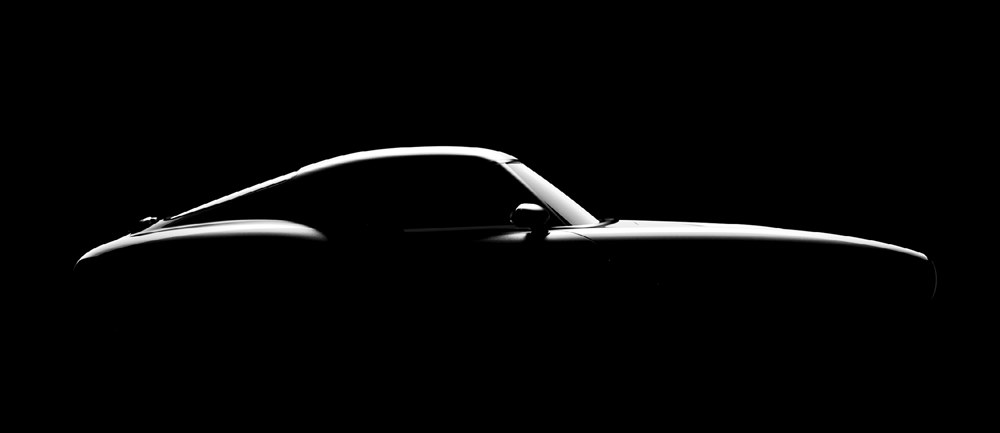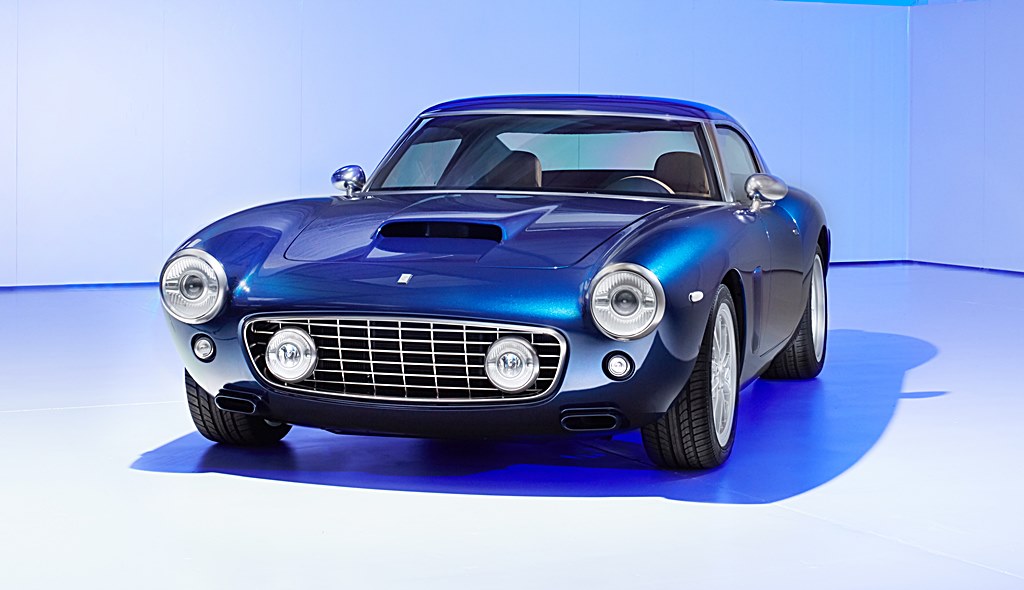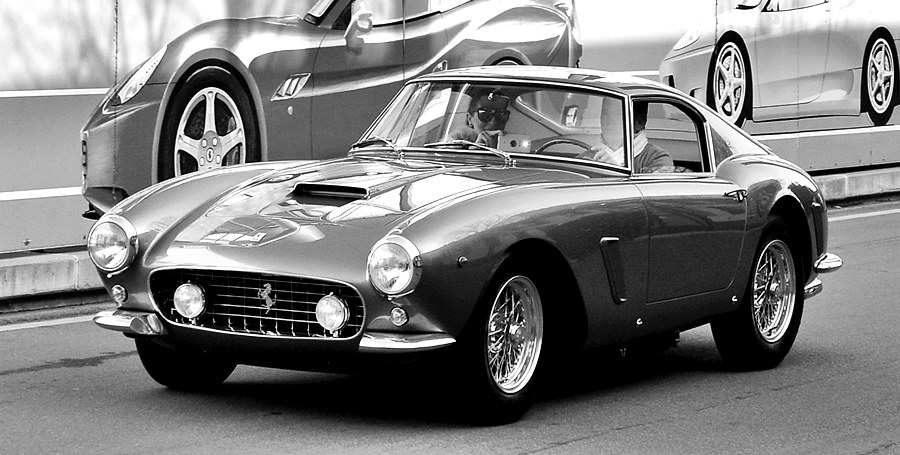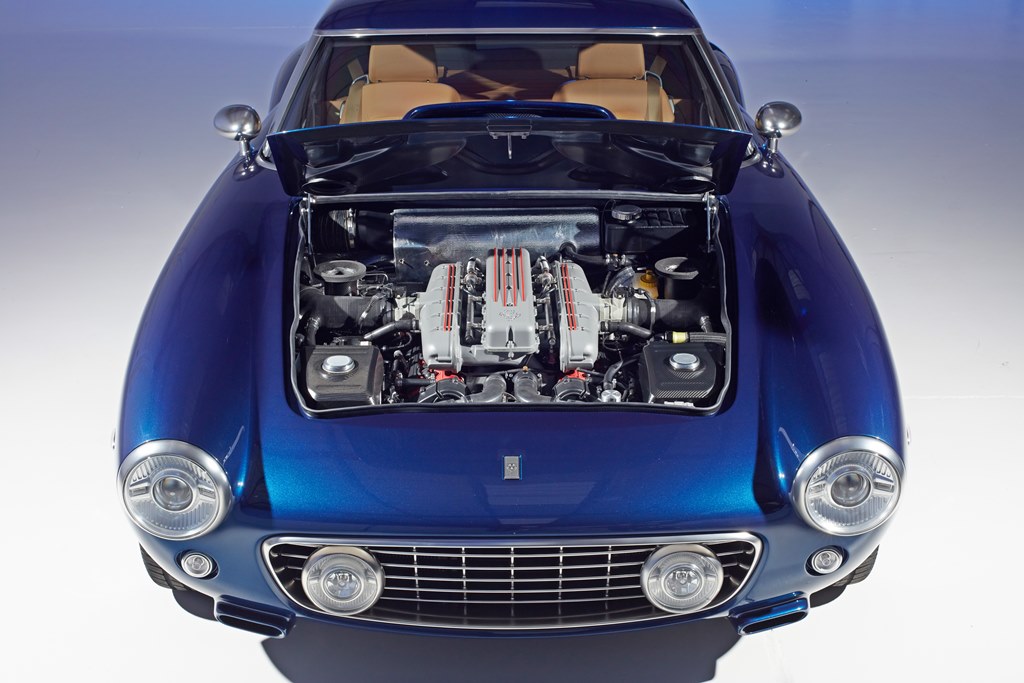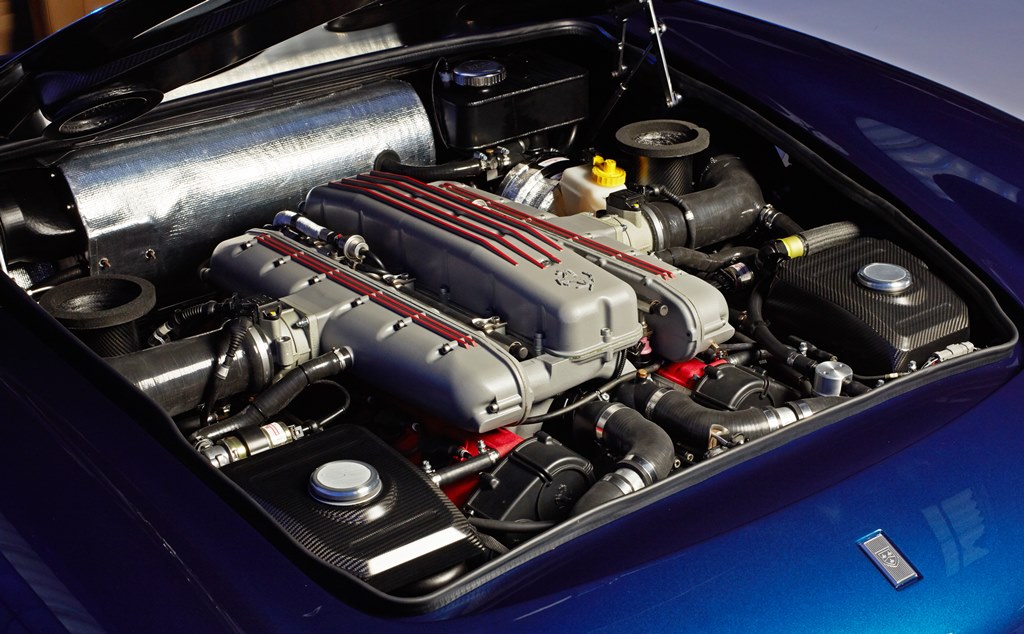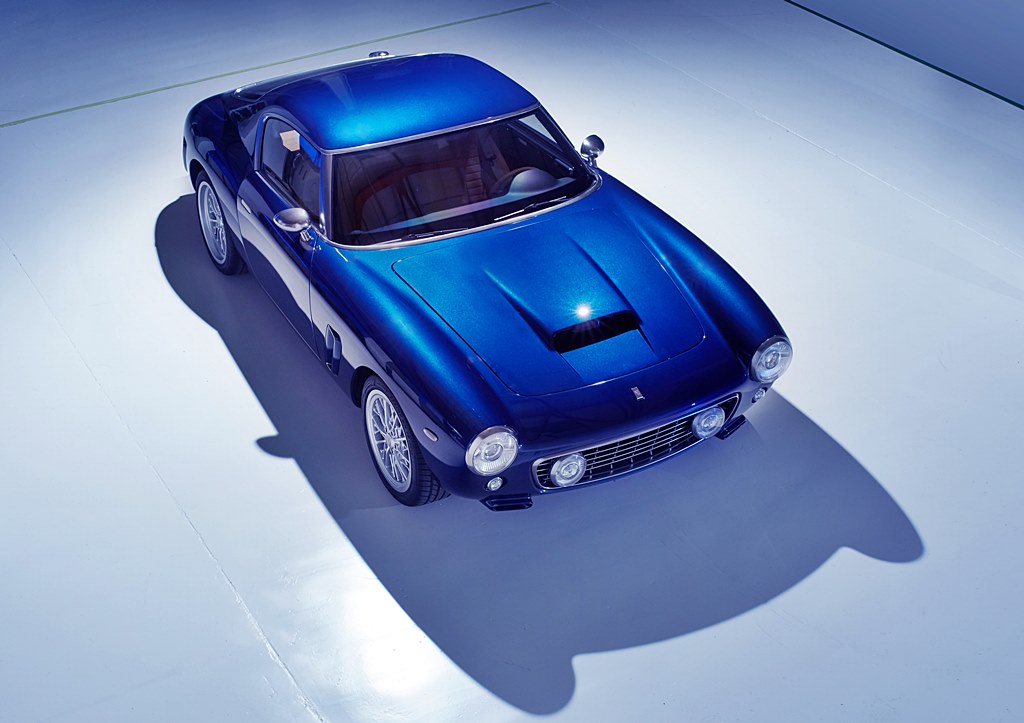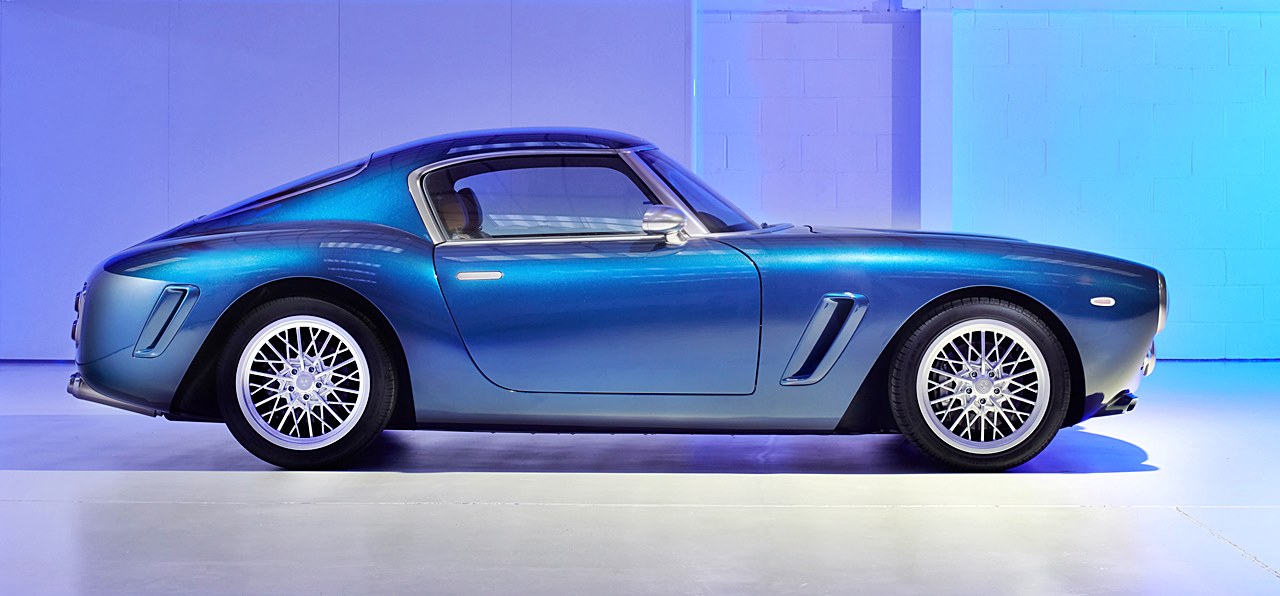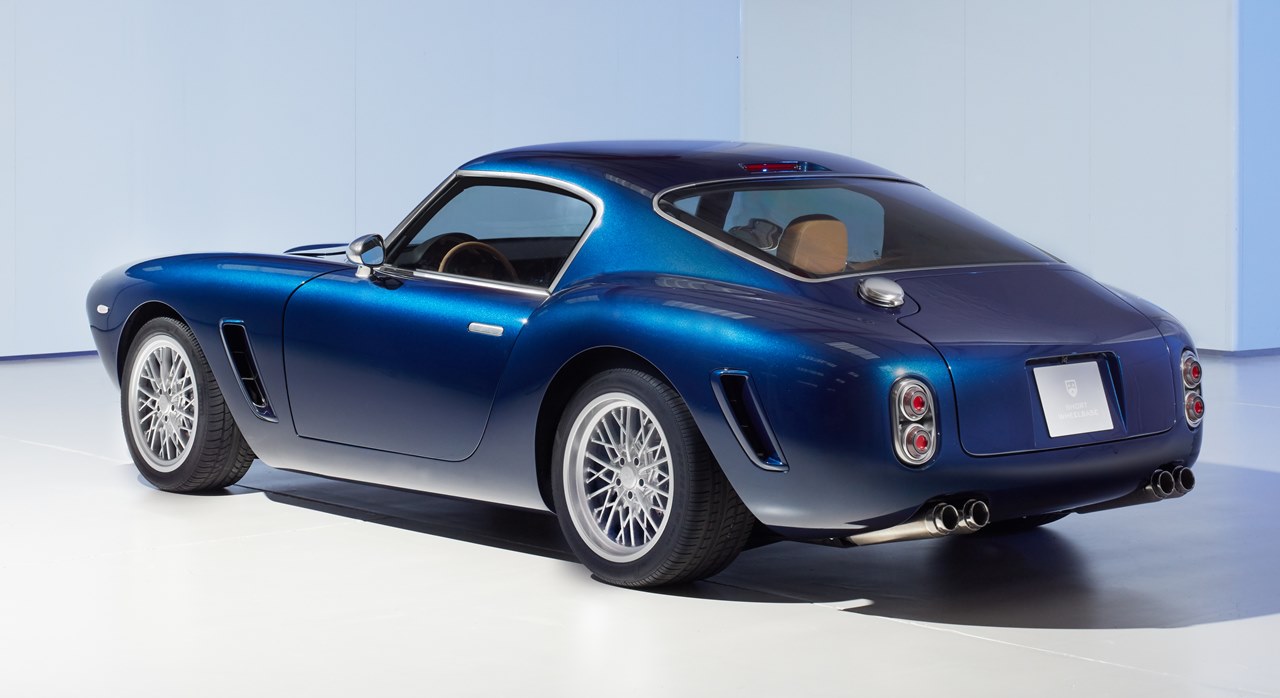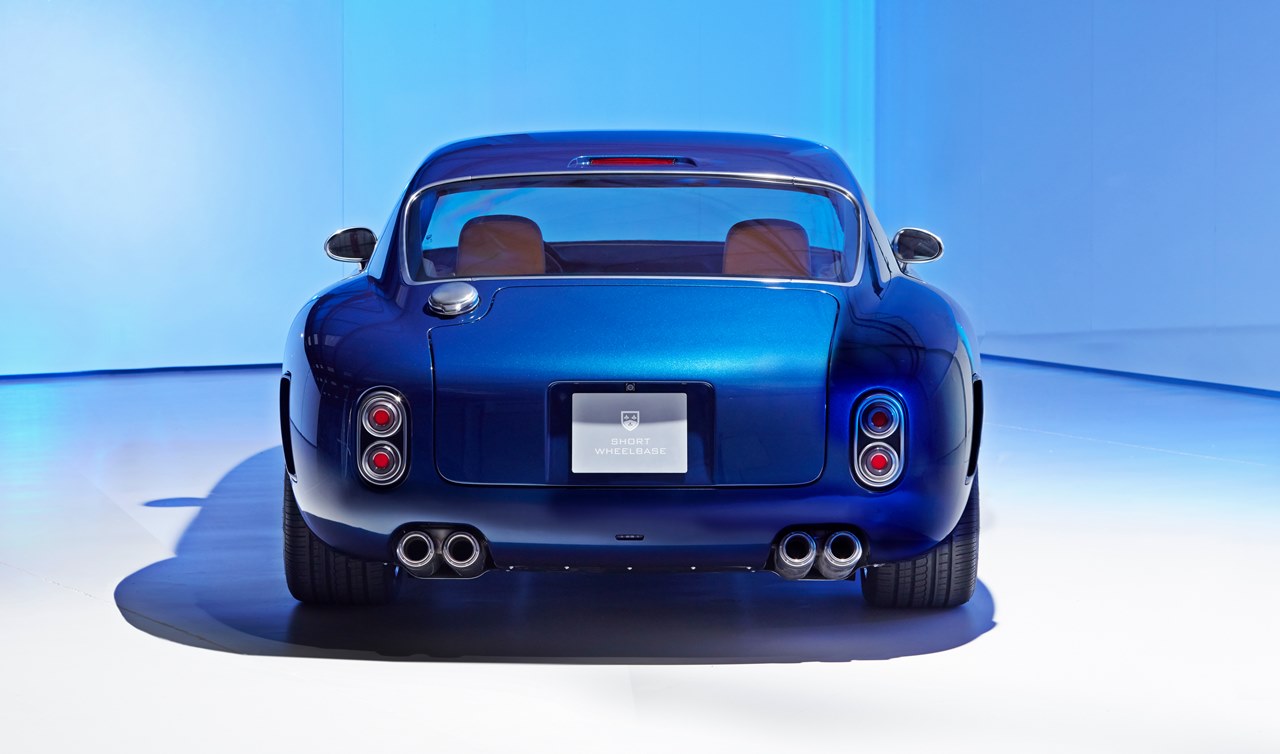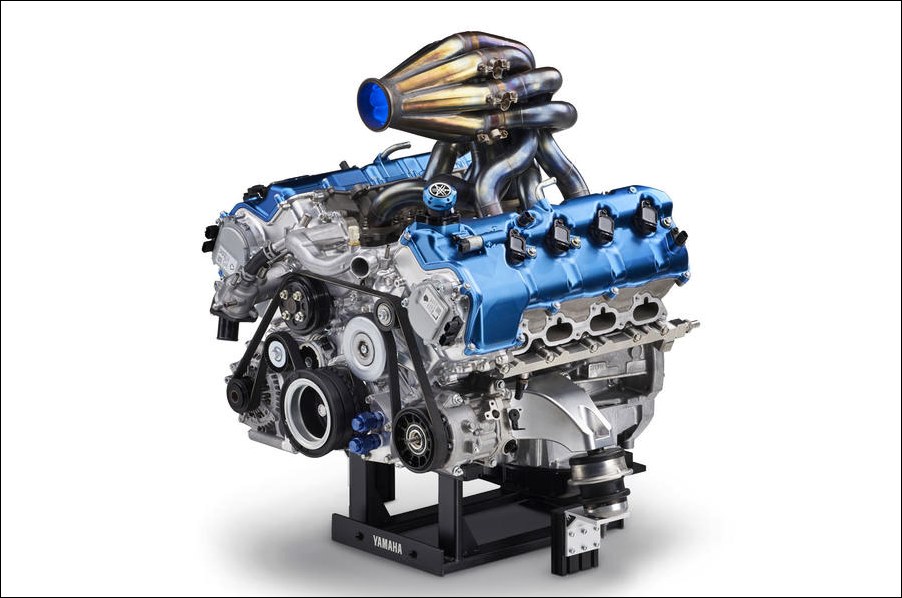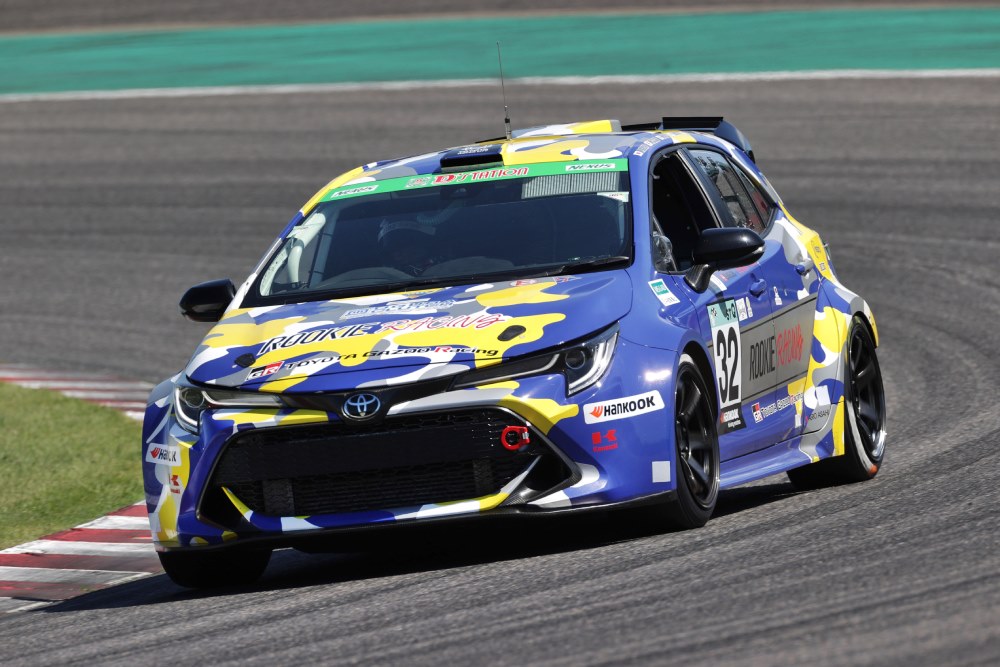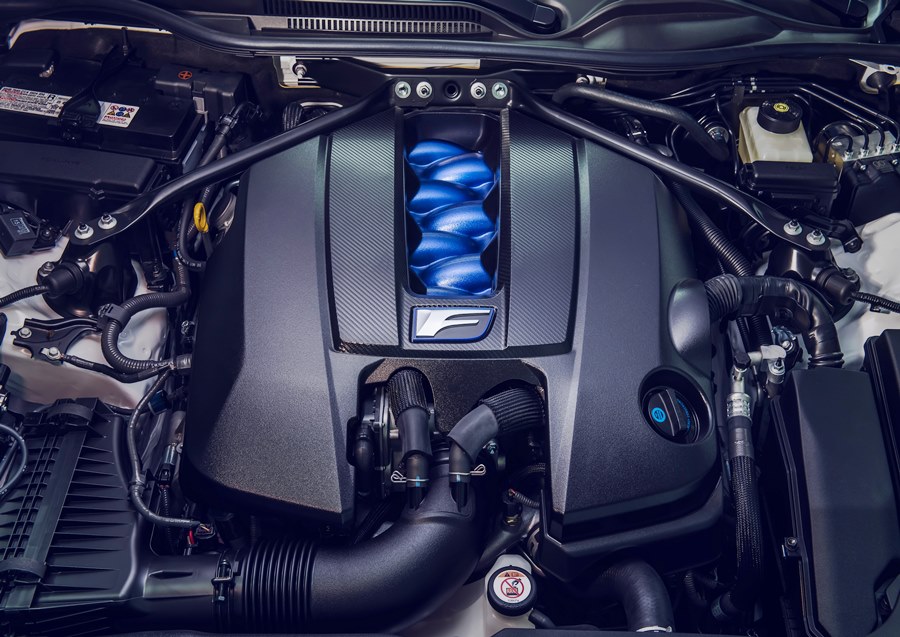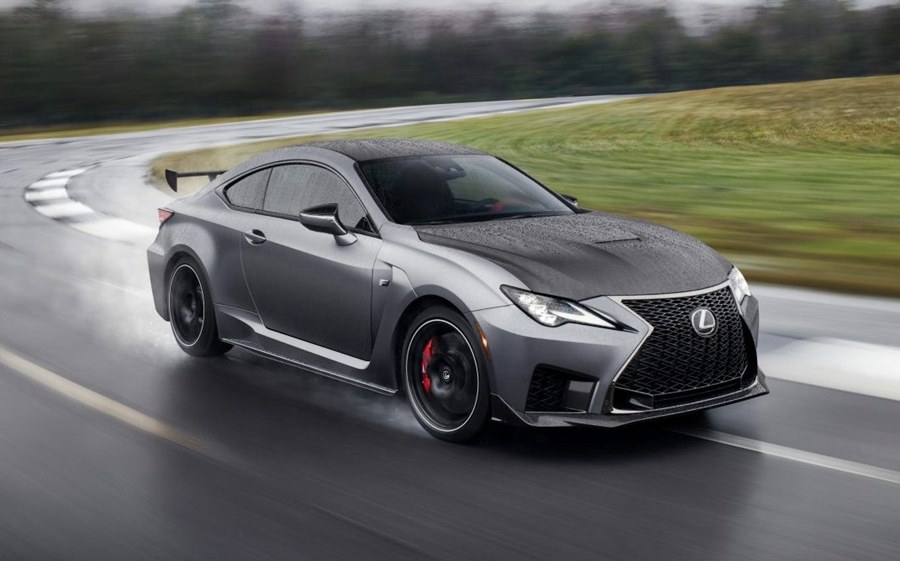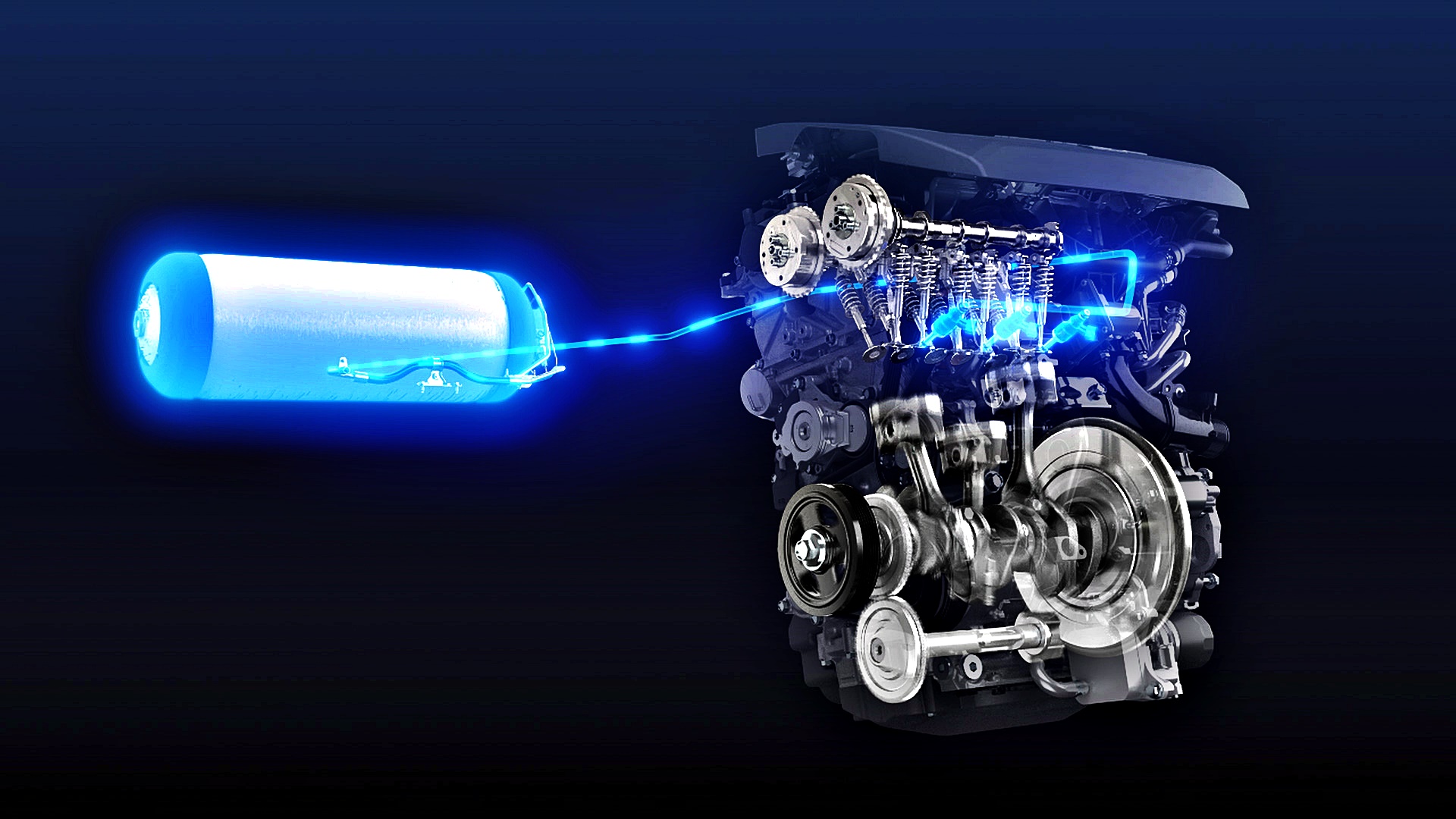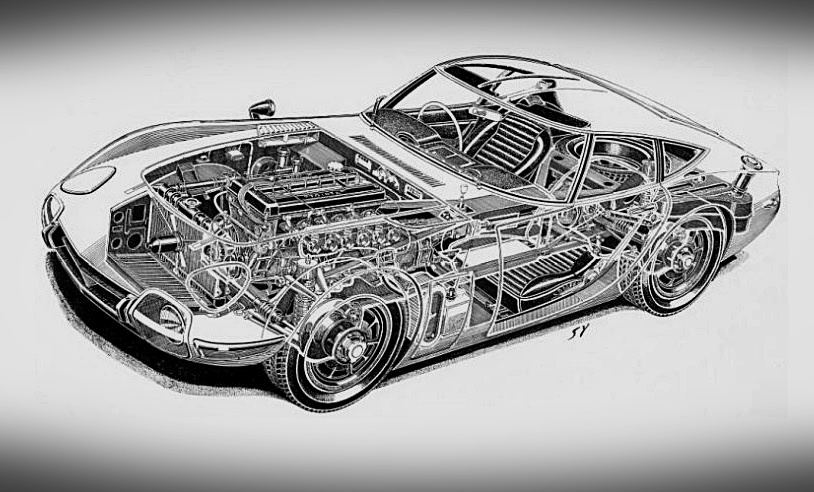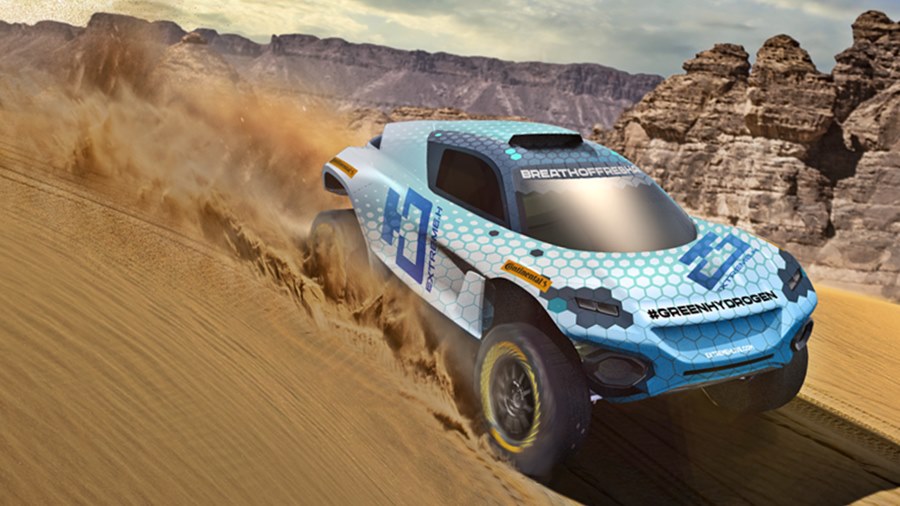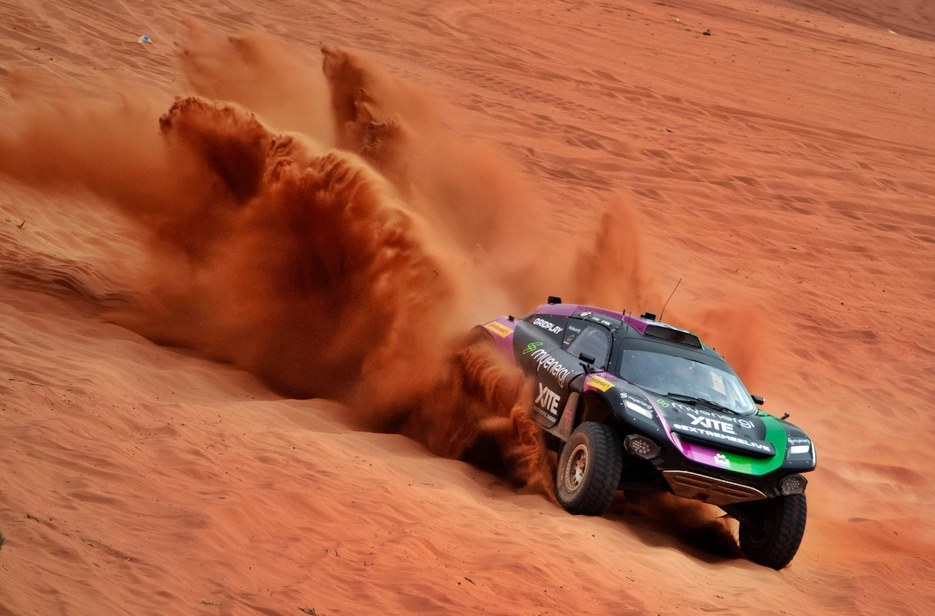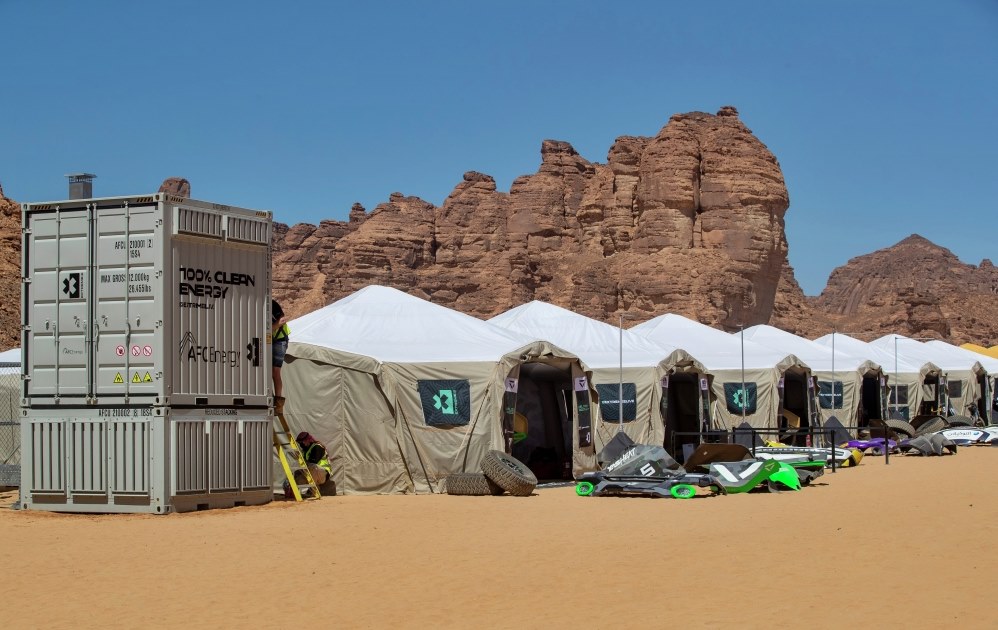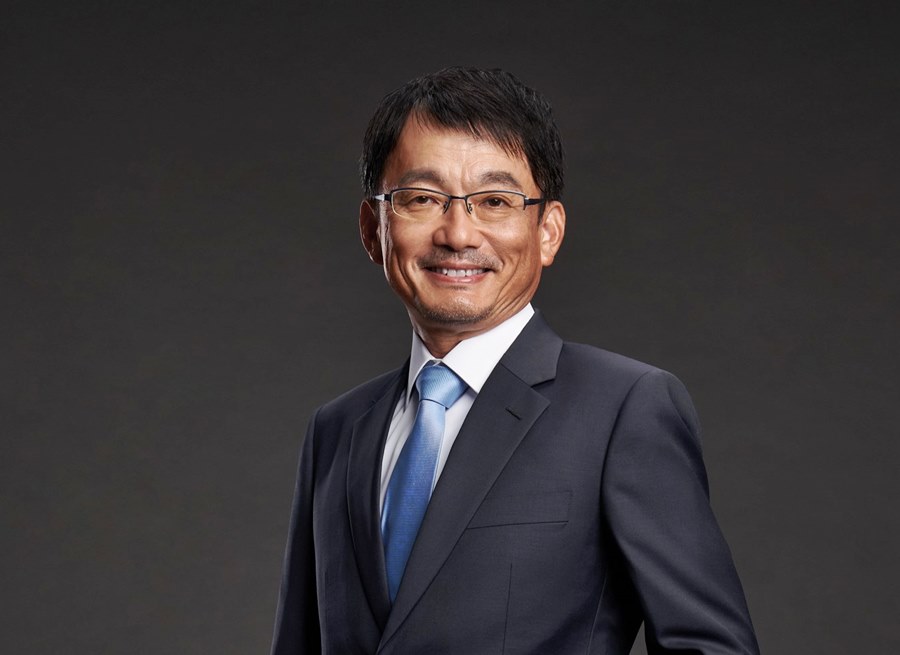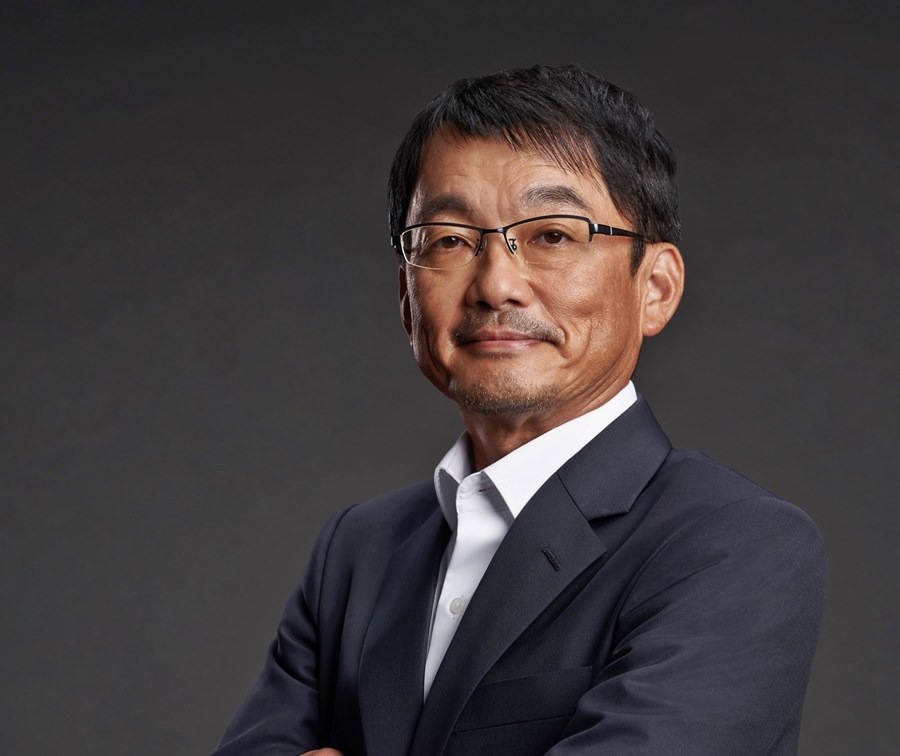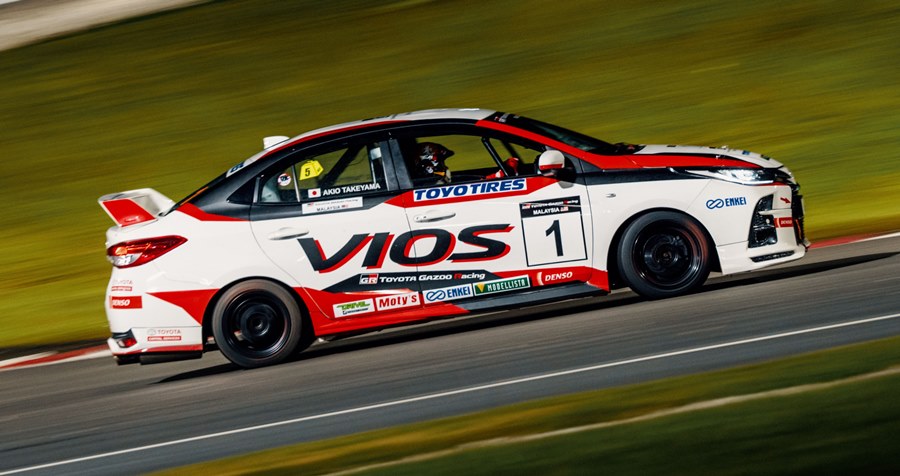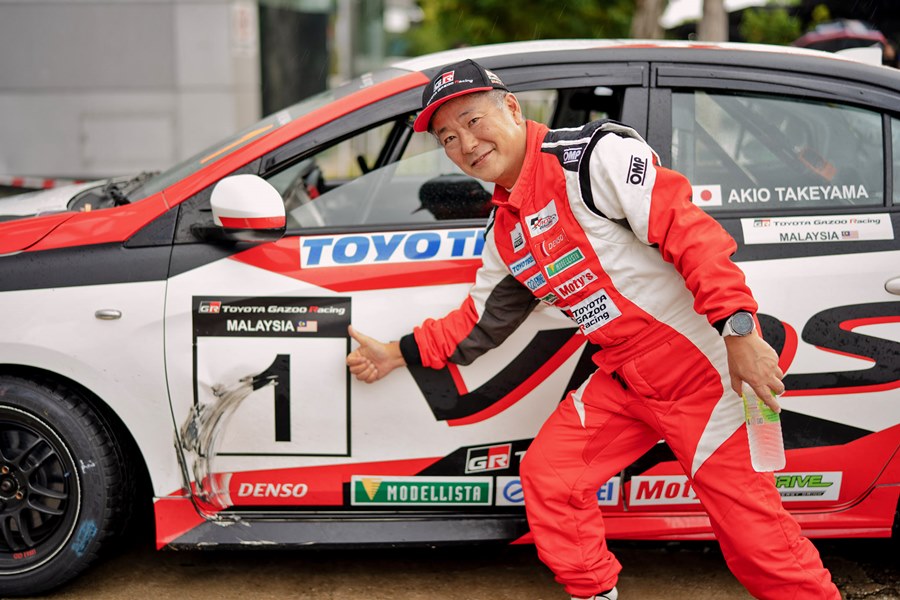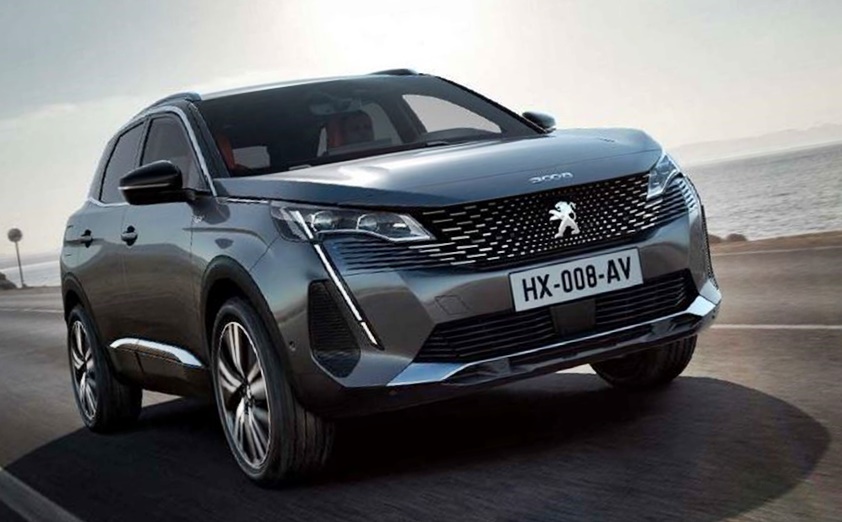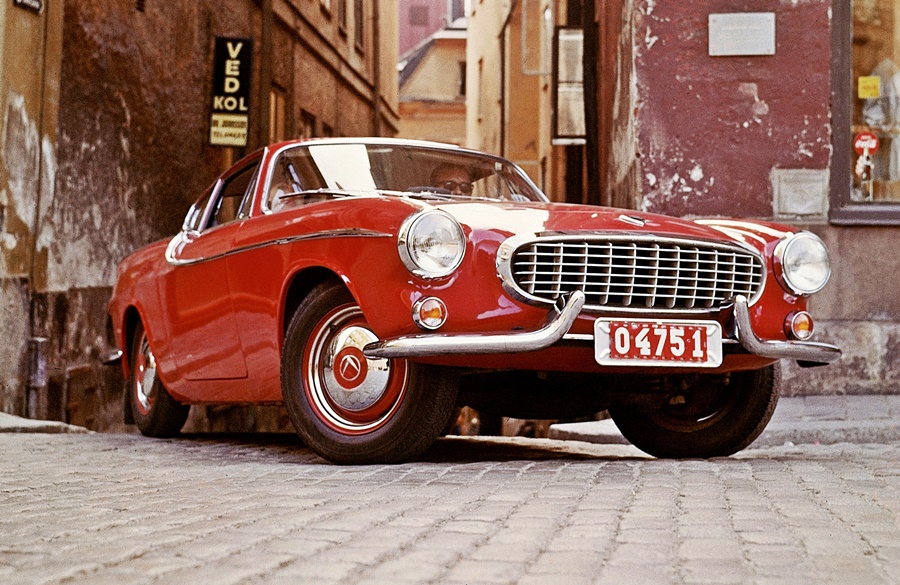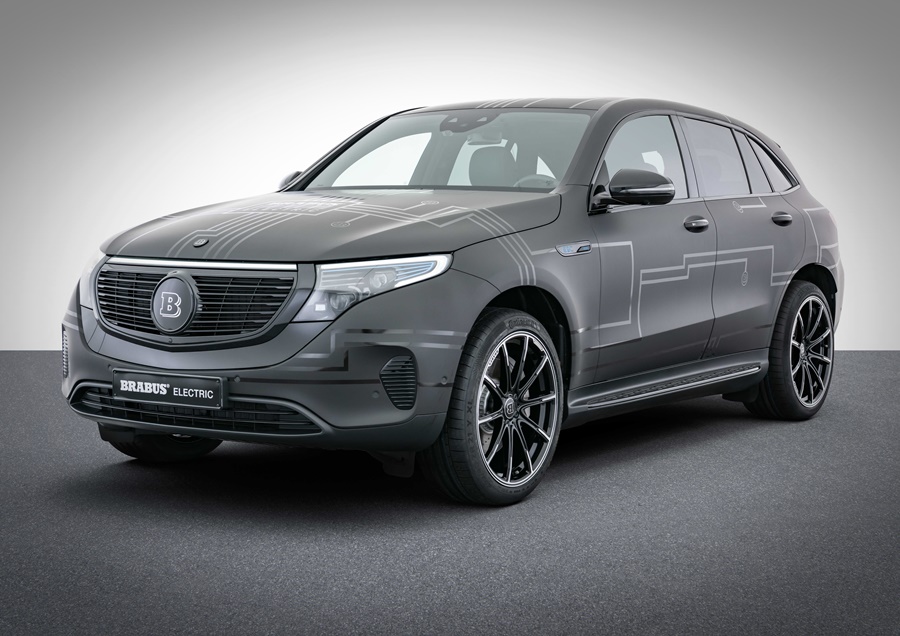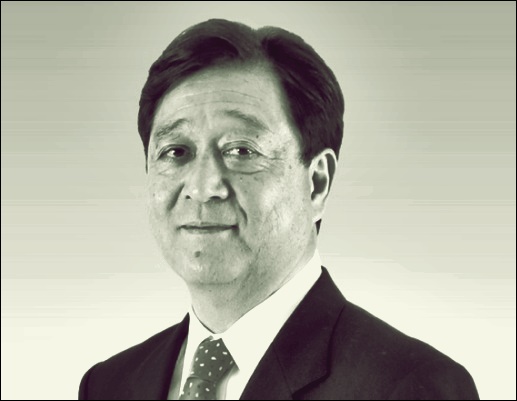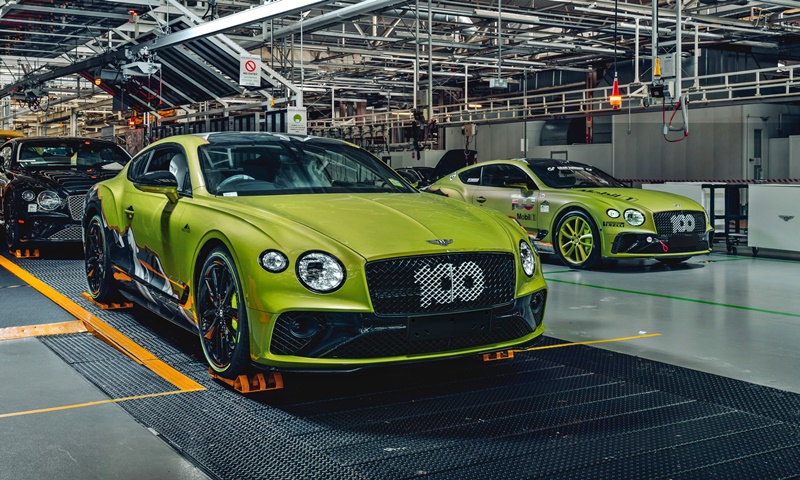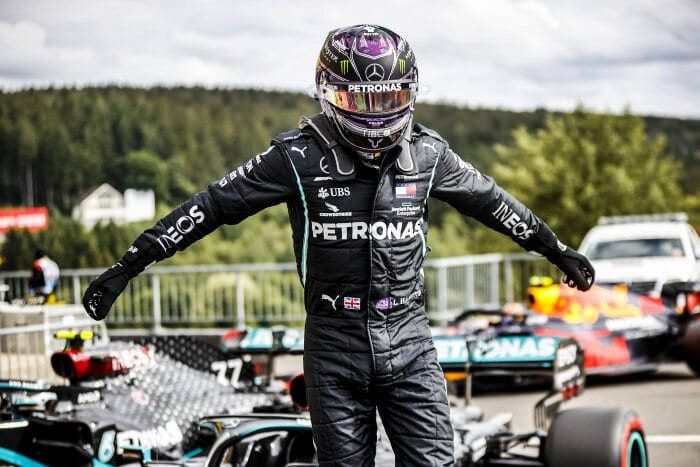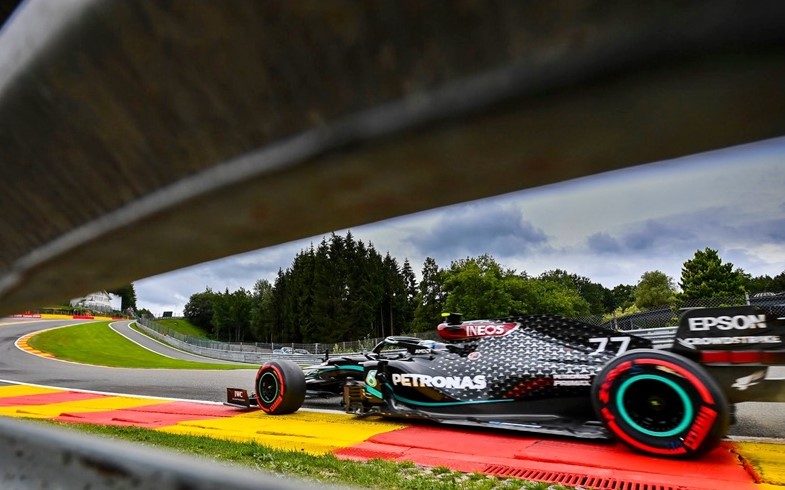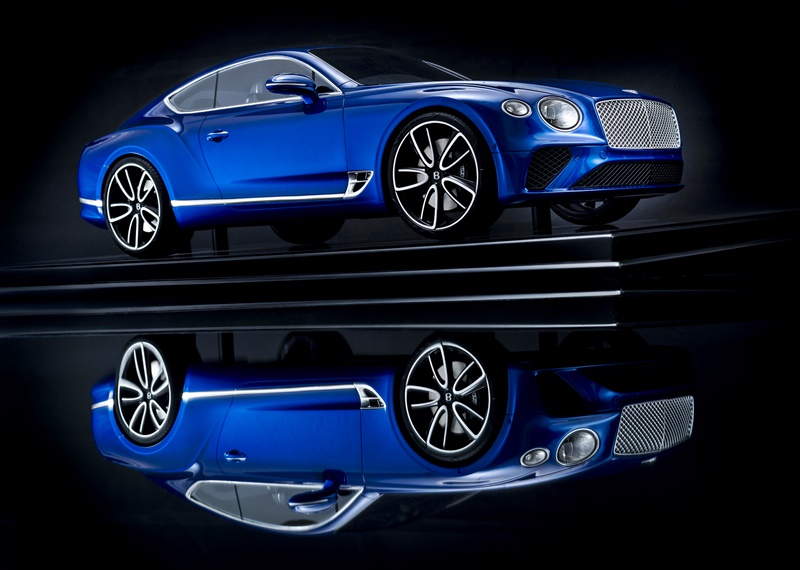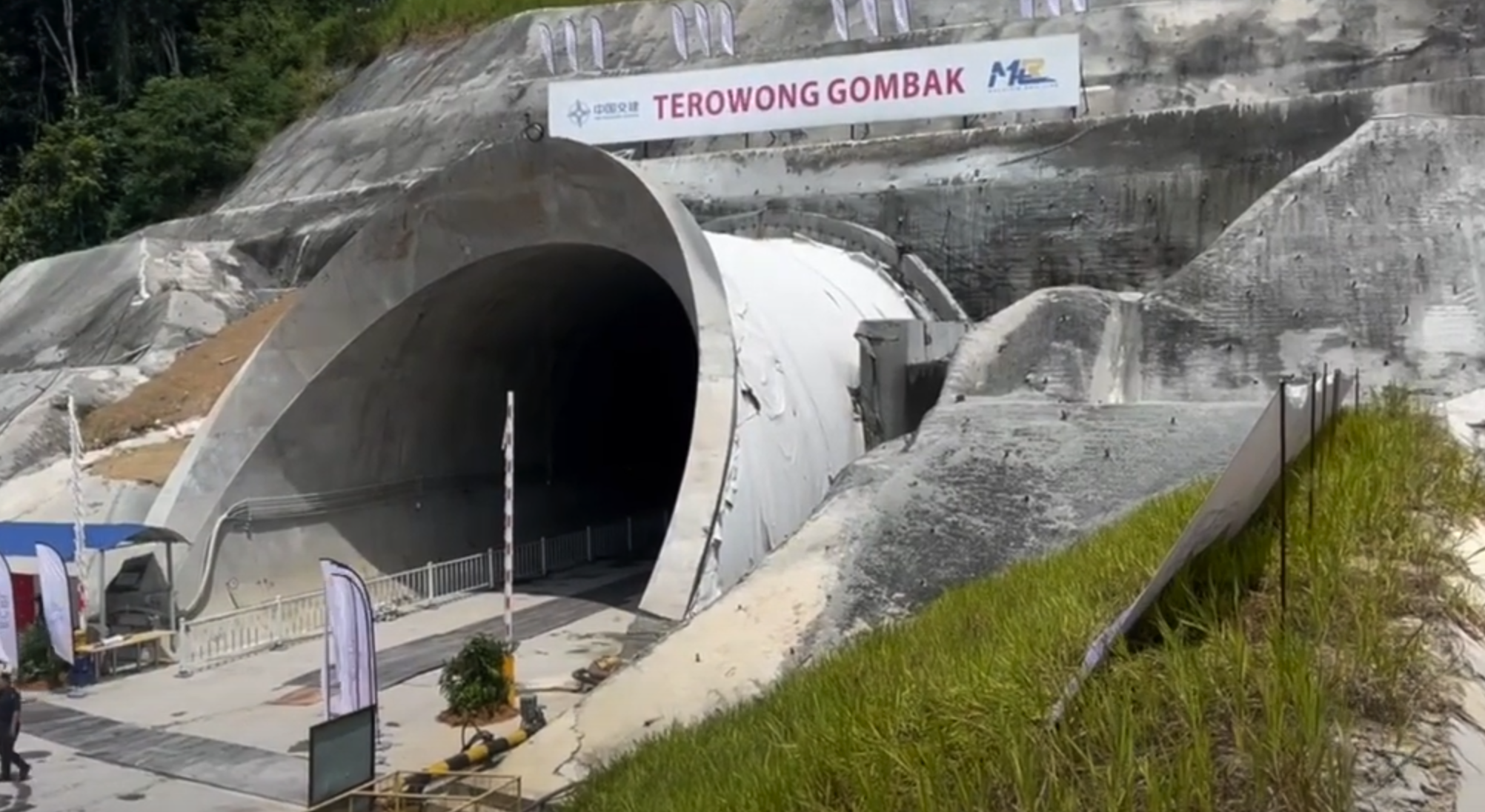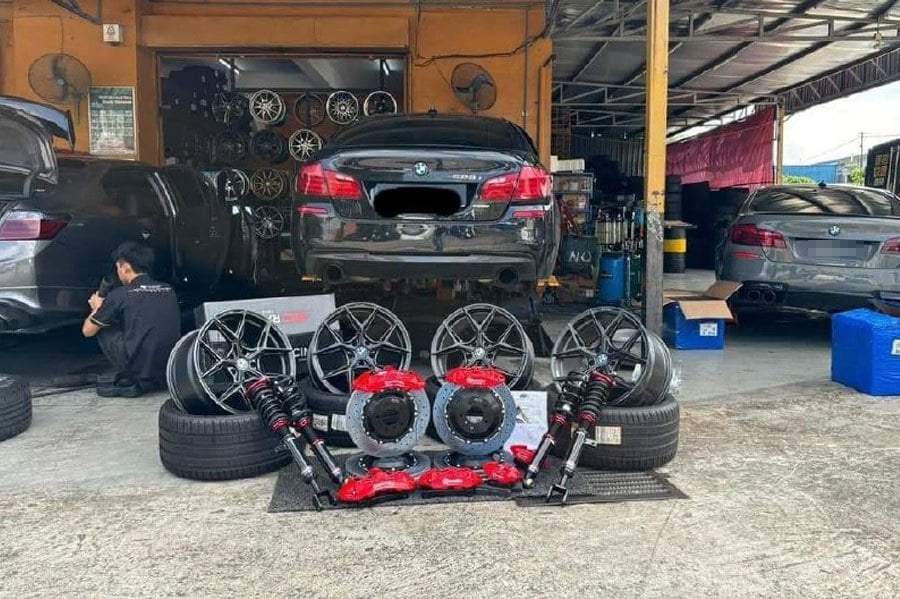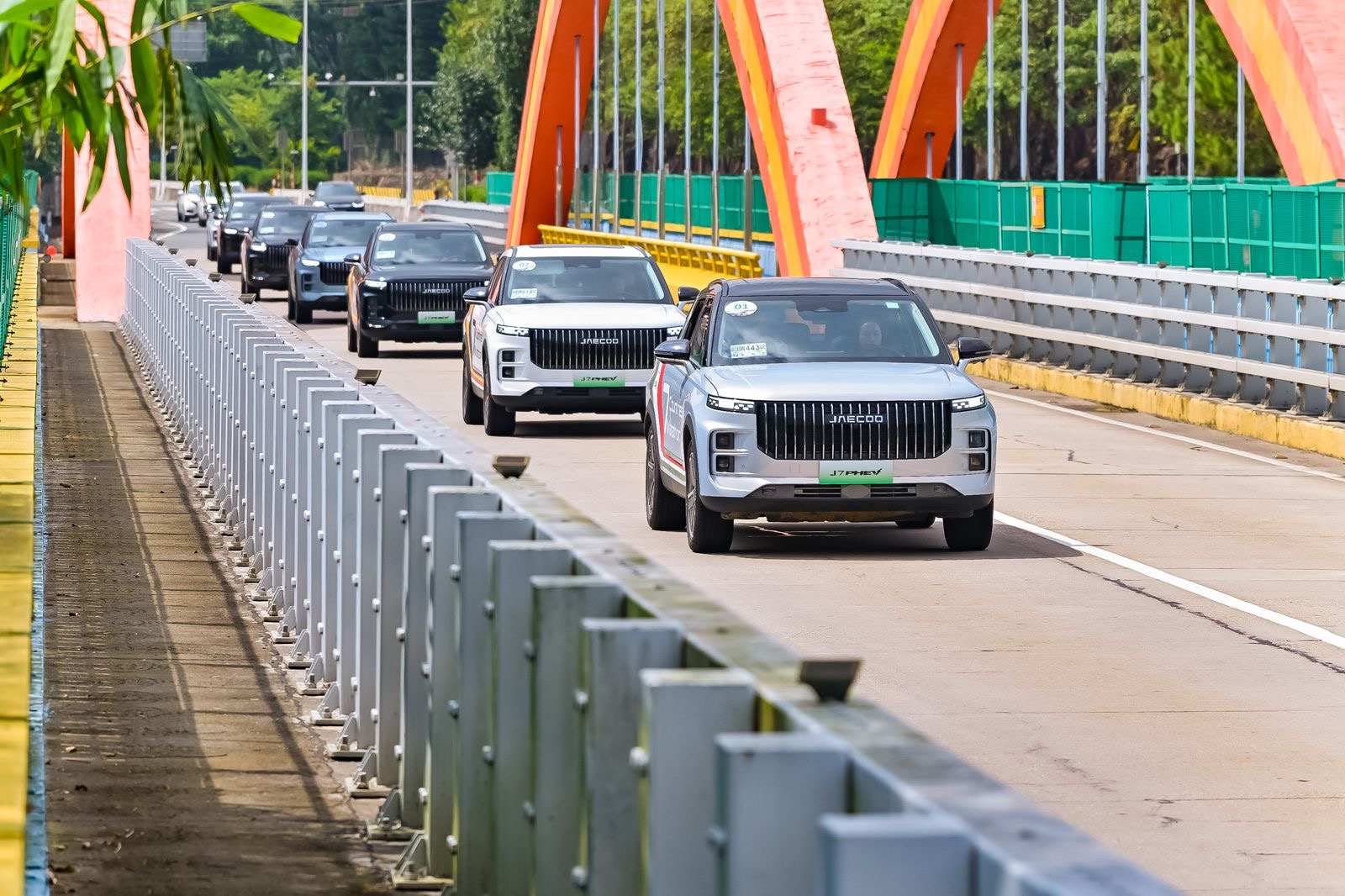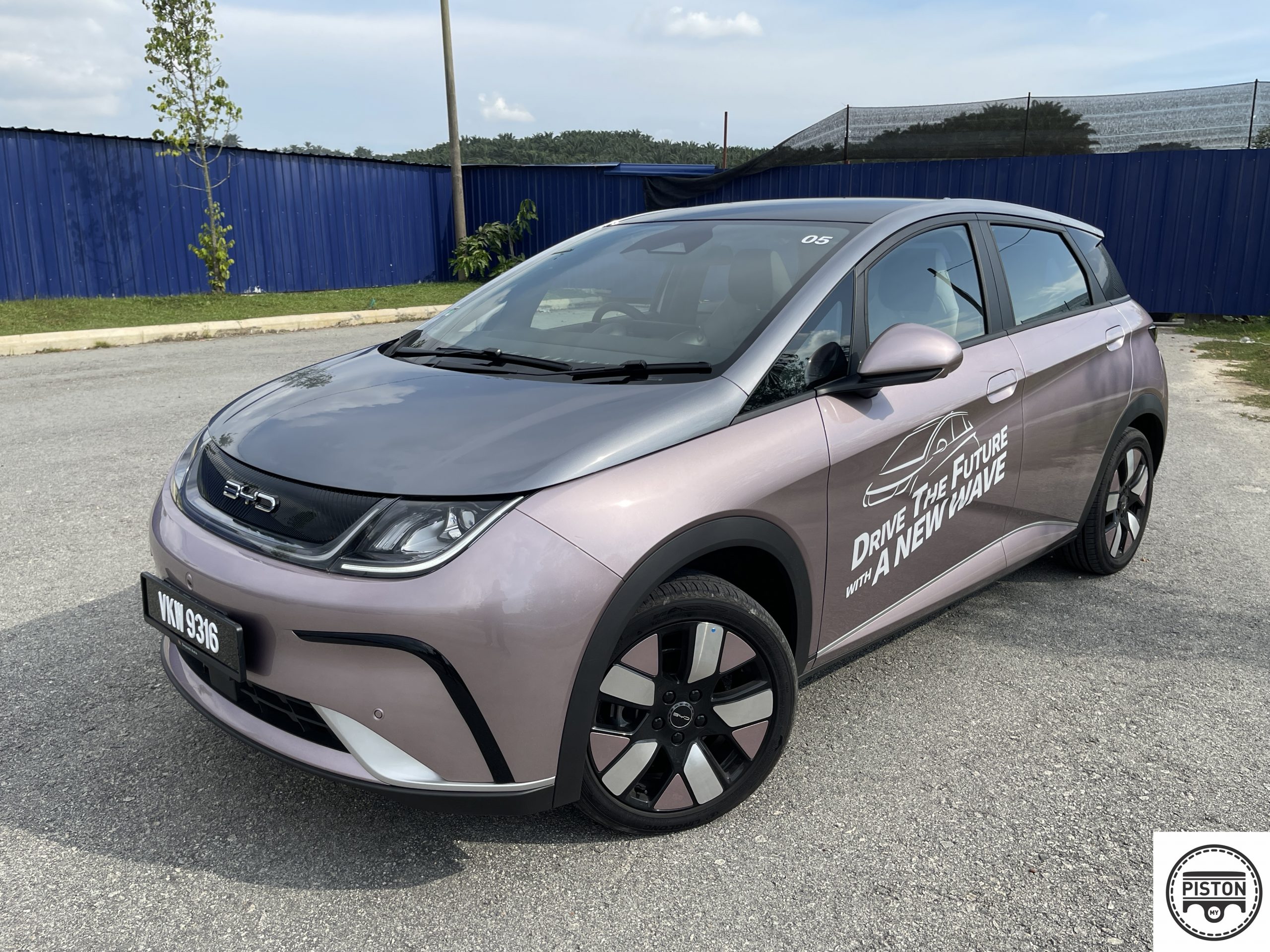Reigning Extreme E champions Rosberg X Racing (RXR) continued their winning ways with overall victory in the opening round of the all-electric off-road series in NEOM, Saudi Arabia. This is the second season of Extreme E and for this season, RXR (owned and managed by Nico Rosberg, the former F1 champion) retained the services of Johan Kristoffersson with a new team-mate. Mikaela Ahlin-Kottulinsky.
The pair were the victors in a Final of two halves, as a red flag was brought out at the end of the first lap following a big accident for McLaren XE’s Tanner Foust who, in a bid for third place clipped the back of the RXR car driven by Ahlin-Kottulinsky and then rolled his ODYSSEY 21 on the opening lap.
The race resumed for a one-lap shootout, with the four teams released at intervals that matched how they had entered the Switch Zone. X44’s Cristina Gutierrez attempted to close down Laia Sanz in the ACCIONA | Sainz XE Team car, while Kristoffersson closed the gap on the two Spaniards from third.
The RXR driver soon passed Gutierrrez on the inside, setting his sights on Sanz. As the Desert X Prix entered its closing stages, Kristoffersson took a wide line into the second to last corner for an aggressive overtake on Sanz and secure a dramatic win ahead of ACCIONA | Sainz XE Team, with X44 completing the podium.
Chip Ganassi Racing came fourth having secured a spot in the Final with a win in Semi-Final 2, and McLaren XE finished fifth despite Foust’s crash having made an excellent comeback from Qualifying to win the Crazy Race.
“It feels really good, but every week feels good. Every time we go for a race, we have the aim to win, but the competition is so high this year, especially with McLaren coming in, which raises the bar even higher. We learned quite a lot last year, but now things are even tighter we’ll have to work even harder. I’m just very happy to start off the season with maximum points,” said Kristoffersson.
RXR’s win was not surprising as the team set the pace in the first qualifying session. It was a dramatic first session over the 6.9-km course which was disrupted by a red flag following a crash for Veloce Racing’s Christine GZ. The Spanish driver, partnering Lance Woolridge, had looked strong throughout their Qualifying run, but the huge crash denied them a shot at the top spot. GZ was able to exit the car but sustained an injury to her foot.
There was also drama in the first of the new 5-car Heats in Qualifying 2. Sebastian Loeb and ACCIONA | Sainz XE Team’s Carlos Sainz Snr. delivered the strongest starts with Nasser Al-Attiyah running third ahead of Sara Price, all taking very different racing lines up the hill.
As the front three pulled away, the ABT Cupra XE car passed Sainz on the inside, but Nasser Al-Attiyah’s pace caused him to miss the flag and, in recovering, he collided with the Spaniard. Sainz brought the damaged ODYSSEY 21 back to the Switch Zone before retiring from the Heat. After the Stewards reviewed the collision, ABT CUPRA XE were classified last of the 4 runners in Heat 1, with the team relegated to ninth overall.
Championship Standings after Round 1
1. Rosberg X Racing – 30 points
2. Acciona | Sainz XE Team – 18 points
3. X44 – 15 points
4. Chip Ganassi Racing – 12 points
5. McLaren XE – 10 points
6. Genesys Andretti United Extreme E – 8 points
7. XITE Energy Racing – 6 points
8. ABT Cupra XE – 4 points
9. JBXE – 2 points
10. Veloce Racing – 1 point
Following the opening round, the next one will be held in Sardinia, Italy, on May 7/8. The long gap between rounds is partly because the cars and equipment travel by a ship to reduce the carbon footprint of the event which is also being used to promote climate and environmental issues on the planet.
Extreme E to add Extreme H in 2024 with hydrogen fuel-cell powered rallycars




